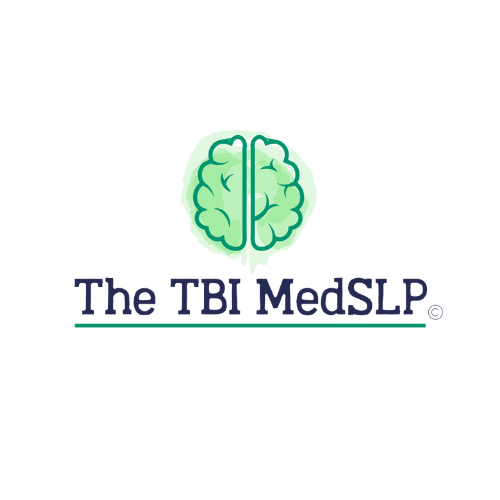Four strategies to improve Executive Functions
Executive Functioning Strategies for Brain Injury Patients
A high number of people with acquired brain injury, including around 75% of stroke survivors, will experience executive dysfunction. After a brain injury, executive dysfunction is one of the most common and disabling cognitive issues. It can affect skills like reasoning, planning, flexibility in thinking, paying attention, and purposeful actions. These problems usually happen because there's trouble in the frontal part of the brain, either directly or because the connections with other brain areas are disrupted. Speech pathologists are notably the therapists that target this area of impairment in patients who have survived a brain injury. Speech pathologists target executive functions through cognitive-communication re-training and/or compensatory strategy training. Due to a patient’s difficulty with reasoning, judgment, problem solving, and organization/planning following a brain injury; I have listed four strategies I use with my patient’s that are appropriate to help set them up for success when re-training their executive functioning strategies as a medical speech therapist.
Brain Dump:
Doing a brain dump can be really good for your mental health. It's like a way to let out all your worries, thoughts, and feelings. Patients who have survived a brain injury are still navigating their emotions and internal thoughts. Giving your patient this tool and having them set a timer for 5 minutes to complete the brain dump, can free up a lot of brain space for the day. I highly recommend encouraging your patient to set a 5 minute timer so that they don’t get lost in this task.
To-Do List:
After the brain dump, have your patient create into their routine to make a to-do list for the day. The best method for brain injury patients to create a to-do list without feeling overwhelmed is by color-coding. I give my patient’s this color coding strategy I learned from a TedTalk with Dr. Daria Long. Use the emergency room triage color code system.
Red: If it doesn’t get done, someone’s life is at risk.
Yellow: If it doesn’t get done in the next day or two (totally up to you and the patient what time frame you want to use), someone’s life could be at risk.
Green: No one is going to die.
Remind your patient to update the to-do list daily by setting an alarm in the morning as part of their daily schedule!
Daily Schedule:
Set your patient up with a daily schedule template (Honeycomb Speech Therapy has one that I love and use with my patients) and create a “mock” daily schedule for when they are at home. Make sure to schedule rest breaks, meals, and medications. Have the patient set timers with descriptions to decrease the risk of mental fatigue.
Goal, Plan, Do, Review:
This is a great strategy for helping brain injury patients problem solve and improve insight into their decisions and goal setting. You can download a worksheet form of this system here!
Goal: What do I want to accomplish? Why?
Plan: How will I reach my goal? What steps do I need to take? Have the patient list out the steps and materials necessary to complete the goal they have set. Have the patient estimate the amount of time it will take to complete. Ask the patient if they have or need a plan B incase plan A doesn't work out.
Do: Do the plan, have the patient follow the steps in order to complete the goal.
Review: How long did it take me to reach the goal? Did I reach the goal successfully? What could I have done differently to be more successful? What can I try differently next time?
Without our executive functions operating properly, it makes tasks like driving a car, managing our medications, and handling our finances seem extremely difficult or almost like a foreign language. With the help of compensatory strategies and a speech language pathologist, executive functions can improve through re-training and/or compensatory strategy training.





